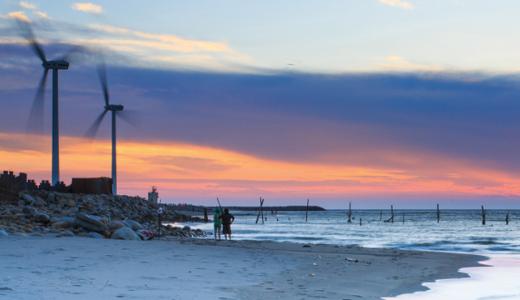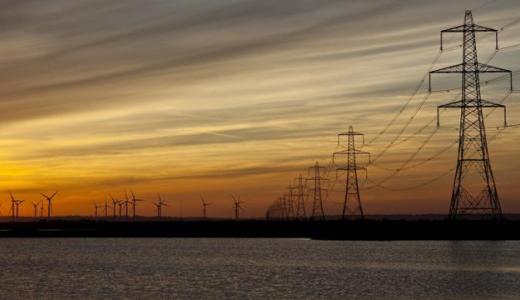Our role
It's important that we manage the land we own in ways that create the most value for us and our stakeholders, and for the wider environment in which we operate. We're also making sure that we minimise the impact of our construction projects as we work to maintain and expand our energy networks. The biodiversity crisis we find ourselves in makes this even more important.
Our contribution
We are adopting best practice methods, such as the ‘Natural Capital’ approach, so we can make sure we create the most benefit. These help us place a value on the benefits and services our natural assets provide, taking into consideration the surrounding environment.
Using such approaches, and engaging with local communities and businesses, we have reached our target to enhance the value of our natural assets on at least 50 of our sites across the UK and US. Enhancements include reinstating and maintaining public walkways, replanting of wildflower meadows and native trees, installing beehives and other habitats and many more – each serving a specific purpose to the chosen site.
Partnerships with specialist environmental organisations have helped us to shape new ways of managing our natural assets on a local scale, the benefits of which go beyond ecosystems, positively affecting local communities and our own staff.
In the UK, we have also continued our ongoing support with four environmental education centres at Bishops Wood, Skelton Grange, West Boldon and Iver, who provide educational activities to those who visit. They've been developed in collaboration with environmental charities, showing how nature and communities can thrive alongside critical national infrastructure.
In the US we have joined the U.S. Fish & Wildlife Service’s Monarch Candidate Conservation Agreement with Assurances (CCAA). This CCAA is the first of its kind, nationwide agreement for habitat protection of the endangered monarch butterfly by the utility and transportation industries. We have committed to enrolling 106,000 acres of current facilities (transmission gas & electric, electric substations, gas stations, and generation) for coverage and applying pollinator habitat enhancing conservation measures across 17,400 acres.
Next steps and our Responsible Business Charter
We must continue to address the challenge of restoring the natural environment. Using our own land and working with partners, we have an opportunity to capture carbon and restore nature at the same time. We are adopting a new target, to improve the natural environment by 10% on the land we own by 2030. This allows us to focus our efforts where we can achieve the most value.
As we develop and maintain our energy networks, we're building new connections and expanding our infrastructure – delivered through construction projects. We want to minimise the impact this has on the environment, and make sure that permanent habitat loss and associated value is understood, compensated and mitigated in better ways that provide a net positive contribution. Net Gain is the name which describes this principle. In the UK, Net Gain has been introduced on some of our major construction projects, to leave the land better than how we found it. We have set a 10% Net Gain in environmental value target on all construction projects, to ensure that this practice is completed as standard in our operations.
Performance
You can find more details about how we are doing on our performance - environmental sustainability page.



